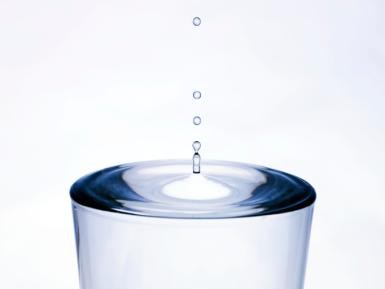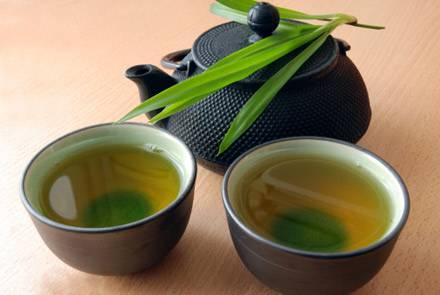
For many places, water has always been a big part of their daily lives. Each community must have a good water supply system that can provide clean, and safe to drink waters. For some water is life, many plants, animals and us humans all depend on this invaluable natural resource.
Their are a lot of factors that can cause water to be scars. this means if we do nothing to preserve it, it is only a matter of time that all regions shall begin to experience water crisis and all the repercussions that come with it.
A sophomore in the Department of Civil, Structural and Environmental Engineering at the University of Buffalo, Deshawn Henry, believes he has found a solution.
Henry has created essentially a six-foot tall magnifying glass that he has termed a “water lens.”
It is another low-cost solution that can reach areas that have little in the way of conventional infrastructure, offering a speedy way to self-sufficiency and decreased deaths from unsafe water.Since the frame for the lens can be constructed from commonly found materials — wood, plastic sheeting and water — the lens can be built for almost no cost, offering an inexpensive method to treat water.
The device may not look like much, but it can heat a liter of water to between 130 and 150 degrees Fahrenheit in a little more than an hour, destroying 99.9 percent of bacteria and pathogens.
“The water lens could have a huge impact in developing countries,” says Henry …
He's invention is still in the testing phase, but shows good and promising result
The lens consists of a plastic sheet covered with water supported by a wooden frame. The frame holds a small container of water below the lens in line with a focal point created from a concentrated ray of sunlight. Barring the weather, once assembled, the lens functions freely. Due to the sun’s movement throughout the day, Henry needs to repeatedly shift the container to match the focal point.
Henry’s research tested how altering the thickness of the plastic sheet and the volume of water over the sheet affected the efficiency of the lens. The device was tested with plastic sheets that were 0.7, 1 and 2 millimeters thick, and water volumes of four, six and eight liters.
The study found that adding more water to the lens improved efficiency, as larger areas of water transmitted more energy from sunlight. However, thicker plastic sheets consumed more energy from light, lowering the lens’ efficiency.
A plastic sheet that was too thin or excessive amounts of water could break the lens. Henry concluded that the 0.7-millimeter sheet could efficiently heat the container while supporting eight liters of water, but any more and the sheet could potentially break.
Fresh water continues to lower with recent studies showing that it would be a matter of time (2040) that we will reach the crisis level.
Please Read this Article at NaturalBlaze.com





Leave a Reply